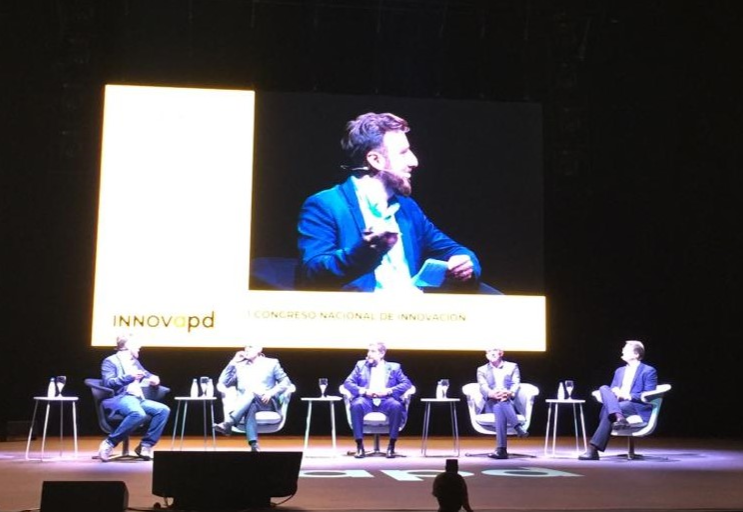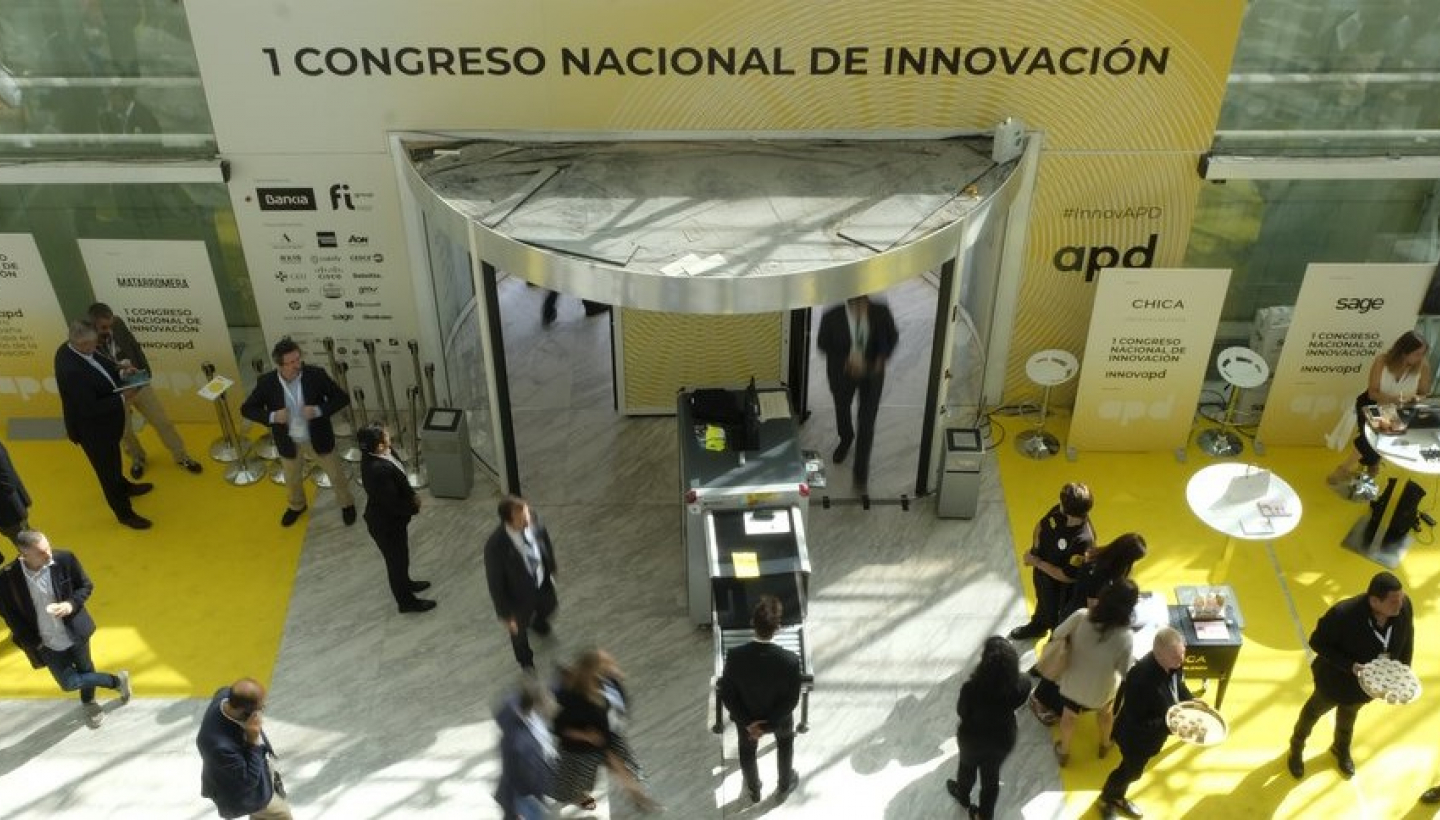The future of Spain and Europe in the hands of innovation
Why innovate? When thinking of reasons why to innovate there is one that takes the lead, competition. Competitors are getting smarter, faster, and striking the market with new and exhilarating products and services at a great rate. This forces innovation to be key for the creation of improved products to thrive and take a lead on the industry.
On September 18, 2019, the first exclusive congress of APD, #InnovAPD, took place in the city of Madrid. This event brought an analysis from different angles concerning the main challenges and solutions for companies in the 21st century.
Innovation has many faces, innovation is technology, new tools that accelerate change. It’s the increase of digitalization that makes it possible to include the internet of Things, artificial intelligence and Big Data in the daily routine. Innovation is also culture, learning new ways to manage talent in order to generate healthy habits and the greatest use of creativity to foster a business environment where knowledge is the main currency of change.Lastly, innovation includes values, creating an environment of leadership and diversity where thinking about the planet, sustainability and a responsible future is always present.
In Europe, innovation has become a strategic plan to shield growth and competition. This objective is based on a privileged position: with 7% of the world population Europe clumps 20% of the investment in R&D. Spain invests around 1.2% of GDP in R&D every year in comparison to the average in Europe of 2.1%. It can be said this is the result of a cultural problem, which is aggravated by the regulations that present obstacles for entrepreneurship and do not provide the necessary incentives.

The Innovapd will journey through nine panels. A brief glance through the panels:
-Panel I: Is there anyone out there? How do countries see us and leading companies
-Panel II: SWOT: The model of European innovation to exam
-Panel III: Culture and education as main tools of innovation
-Panel IV: Break through barriers or turn them into competitive advantage?
-Panel V: New roads of innovation. This is how the future is drawn
-Panel VI: Challenge accepted! How to design an ecosystem of Spanish innovation (truly competitive)
-Panel VII: Exponentials Organizations: What worked in the past, why is it going to serve you for the future?
-Panel VIII: Towards a new leadership
- Panel IX: On the ground: the needs of innovative businesses
Who would be leading this #InnovAPD congress?
-
Ángel León, Restaurador e investigador gastronómico
-
Daria Tataj, Fundadora de Tataj Innovation y Presidenta del grupo de asesores del comisario de Investigación, Innovación y Ciencia de la Unión Europea, Carlos Moedas.
-
Ignacio Cea Forniés, Director corporativo de Innovación y Ciberseguridad de BANKIA
-
Francisco Román, Presidente de FUNDACIÓN SERES
-
Alicia Asín, Cofundadora y CEO de LIBELIUM
-
Helena Herrero, Presidenta y Consejera Delegada de HP para España y Portugal. Presidenta de la Fundación Innovación España
-
Mosiri Cabezas, Estrategia Digital de IKEA
-
Luís Martín, CEO de BARRABÉS
-
José Miguel Lara, Director de Negocio F. INICIATIVAS
-
Aleix Valls, CEO & Co-Fundador LiquiD
-
Luis Fernando Álvarez-Gascón, Director General de GMV Soluciones Globales Internet
-
Santiago Solanas, vicepresidente Francia y Sur de Europa de CISCO
-
Juan Ortí, Presidente y Consejero Delegado AMERICAN EXPRESS España
-
Elsa Varela, Innovation Manager DELOITTE
-
Enrique Sánchez de León, Director General de APD
On the VIII Panel, Opinno’s Founding Partner and Managing Director for Europe, Tommaso Canonici held an open table on the following questions: How do you lead innovation from the point of view of the top executive of a company? How to make coexist the plan to 3 months with the plan to 10 years of your company?
The talk focus is about the leader in the face of innovation and the keys to innovative leadership for senior management. In conclusion, there are two key aspects to move towards innovation in organizations:
-This is a challenge in the management of people, a paradigm shift in the way of leading that had not been previously contemplated among the top management skills.
-It requires transformative leadership, without the option of delegation. If we want to remove the foundations of the internal culture, the light has to come from above the cuspide.
This congress represents a learning experience to take the lead and use innovation to develop, change and create products and services that will provide a sustainable future.



